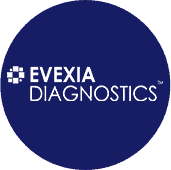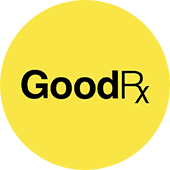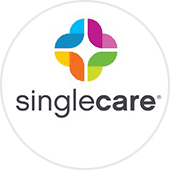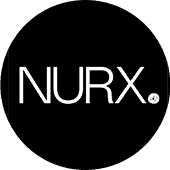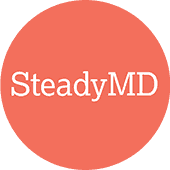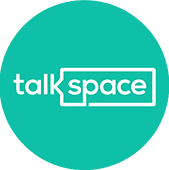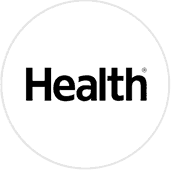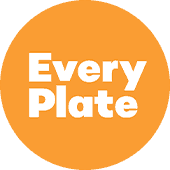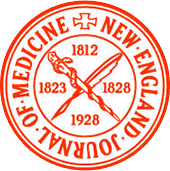In last week’s post: What is Health Cost Sharing? Part 1: The History, we covered the decades-old background of medical cost sharing and how recent political events led to its rise in popularity.
In part two, we’ll unpack the basics in: Health Cost Sharing 101, including the terminology, typical medical cost sharing rates, what’s expected of members within a medical cost sharing program, and how the whole thing works.
Medical Cost Sharing Terminology
If you’re new to medical cost sharing, knowing the terminology and how it compares to terms we already know with health insurance is key to understanding the model.
The following are some key terms to know:
- Health Plans: “Monthly rate/premium”
- Medical Cost Sharing: “Monthly share amount or Monthly contribution”
- Health Plans: “Deductible/co-pay”
- Medical Cost Sharing: “Initial Unshareable Amount”
- Health Plans: “Claim”
- Medical Cost Sharing: “medical Need”
- Health Plans: “Uncovered expense”
- Medical Cost Sharing: “Unshareable expense”
How does Medical Cost Sharing work?
It’s kind of like a savings account for your health, but it’s much safer for your financial health than a personal savings account would be because you don’t have to save up lots of money before you can draw out money if you incur unexpected medical expenses.
For example, suppose 30,000 people are in a medical cost sharing pool together (which is a common amount in the medical field,) and they’re all contributing a monthly share averaging $250 into the pool.
That works out to $90,000,000 a year.
Compare that level of assurance to the level you’d have if you just put that $250 a month into your own savings account ($3,000 a year.)
Wouldn’t you like to have $90,000,000 a year backing up your healthcare needs, rather than $3000 a year?
You can see why this is a cost-effective way communities have been coming together to safeguard their health for decades.
Why is medical cost sharing so affordable?
If you calculate your savings from medical cost sharing, via our free, handy Savings Calculator, you’ll see that you can often save up to 33% versus a comparable healthcare plan.
For 2 basic reasons:
Reason #1: Well Visits vs. Sick Visits
Most people view healthcare plans as an ATM by which they try to cover as many of their healthcare costs as possible, to make up for their high premiums. This means they try to get every last medical expense paid for, including annual checkups, long-term maintenance medication, psychotherapy, etc.
Of course, none of this is free for the healthcare plan, so premiums go up for everyone. Including healthy people who don’t need all of this ongoing medical support every year.
In contrast, Medical Cost Sharing is not designed to be an ATM for every medical expense you might incur.
Medical Cost Sharing is there to support you in paying for unexpected medical expenses. These are the ones that are unlikely, but could make a major dent in your finances if they came out of nowhere.
The Medical Cost Share Community funds share costs for what are called “sick visits”- those visits to medical professionals that happen if/when you get sick or have an injury or accident. Since you don’t expect to get sick, these are the unexpected medical expenses you might incur and which you truly want peace of mind against.
However, Knew Health doesn’t provide for what we call “well-visits” – those regular expenses, such as annual checkups and long-term maintenance medications, that you know about in advance and can therefore plan for.
The distinction between “sick-visits” and “well-visits” is part of what allows us to provide you with monthly medical sharing costs that are often one third cheaper than comparable healthcare plans.
It’s likely that you consume far less medical care than the average American. We know that, rather than subsidizing the monthly, yearly, and even daily medical costs of those who need regular, ongoing medical attention all the time…
And rather than pre-paying for medical care that you’ll likely never use, via healthcare plans…
We know you’d rather keep that money for yourself. That’s money you can use for anything. Including, if you choose, to fund preventive wellness.
We thought so.
Reason #2: Health Insurance Companies Prioritize Shareholder Profit, While Health Cost Shares Prioritizes Individual Savings
Nationally, benchmark healthcare plan rates, for those not receiving employer or government-subsidized health insurance, increased by about 25% in 2017 and by 30% in 2018.
But in recent years, due to uncertainty around the Affordable Care Act, the increases have been truly eye-popping.
After rent or mortgage, healthcare is one of the biggest costs your personal finances face. Can you imagine any other major cost increasing by 15%-30% year after year? Why are healthcare so out of control in America?
The main reason is that healthcare options are publicly traded companies, which have a fiduciary responsibility to their investors to maximize profit… i.e., to raise your premiums as much as they can. Since it’s a highly-regulated industry, startup costs are high and competition is low. Which means it’s dominated by only a few major players, who set the prices to basically whatever they want.
Because they’ve basically been operating as a monopoly, with no efficient competition, healthcare companies know they can pass large medical bills onto you, in the form of your spiraling premiums – knowing you have few other options. That is, few other options. Until now.
Medical Cost Shares are building an alternative. An alternative based on your health needs. An alternative based on getting you the care and protection you need, at a price you can afford.
If you’re interested in learning more about the Knew Health services our Members enjoy visit our Knew Health Services page. And for answers to more questions start with our FAQ page.



